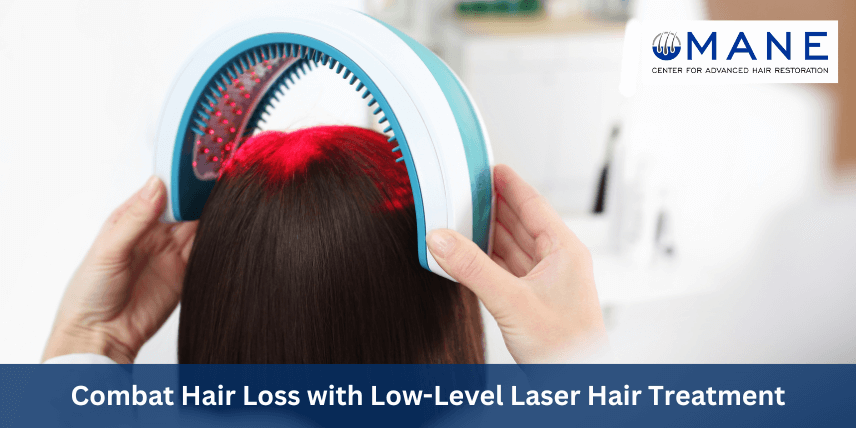


Facing hair loss can feel like a wilting flower, struggling to hold onto its petals as the seasons change. As 6.8 million people in the United States grapple with concerns like alopecia areata, finding effective solutions becomes crucial. With various treatments available, one promising option is Low-Level Laser Therapy (LLLT), which has gained traction as a potential preventative measure against hair loss.
Explore how LLLT works and its role in maintaining healthy hair.
Low-Level Laser Hair Treatment involves using low-level lasers or light-emitting diodes (LEDs) to stimulate hair follicles. This innovative approach delivers specific wavelengths of light directly to the scalp, encouraging cellular activity and enhancing hair growth.
The technology behind LLLT for hair loss is quite sophisticated. Devices typically include handheld lasers, helmets, or caps designed to distribute the laser light evenly across the scalp. The mechanism focuses on energizing the cells in hair follicles, creating ideal conditions for hair growth.
Low-Level Laser Hair Treatment offers several mechanisms to prevent and even reverse hair loss by directly targeting the scalp and hair follicles.
One of LLLT's main benefits is its ability to stimulate hair follicles, particularly those that have become dormant due to conditions like androgenetic alopecia or male/female pattern baldness.
A healthy scalp is pivotal for healthy hair, and LLLT significantly improves scalp conditions contributing to hair loss.
Not only does LLLT promote new hair growth, but it also strengthens the hair you already have. Additionally, it:
Using LLLT as part of a hair loss prevention strategy comes with several benefits, making it an attractive option for many individuals:
LLLT can be used alongside other hair loss treatments for enhanced results.
While LLLT for hair loss offers encouraging outcomes, it is important to know its potential limitations. You might sometimes experience temporary hair shedding at the beginning of treatment as new growth replaces older hairs.
Additionally, LLLT's effectiveness can vary depending on individual factors like the extent of hair loss and overall health. For the best results, starting hair loss laser treatment early is ideal, as waiting until significant hair loss occurs may reduce its effectiveness.
Low-level laser Hair Therapy offers a promising solution for preventing hair loss by stimulating hair follicles, improving scalp health, and strengthening existing hair. This non-invasive and safe treatment option can be easily incorporated into a hair care regimen, especially for those in the early stages of hair thinning. Early intervention is crucial for optimal results, making LLLT a valuable tool in maintaining healthy hair.
Don't let hair loss cast a shadow over your confidence. Take proactive steps to nourish your hair and revitalize your locks. Discover the power of Low-Level Laser Hair Treatment at Mane Center for Advanced Hair Restoration. Our expert team is dedicated to providing personalized solutions tailored to your needs.
Contact us today and explore the remarkable benefits of Low-Level Laser Therapy!